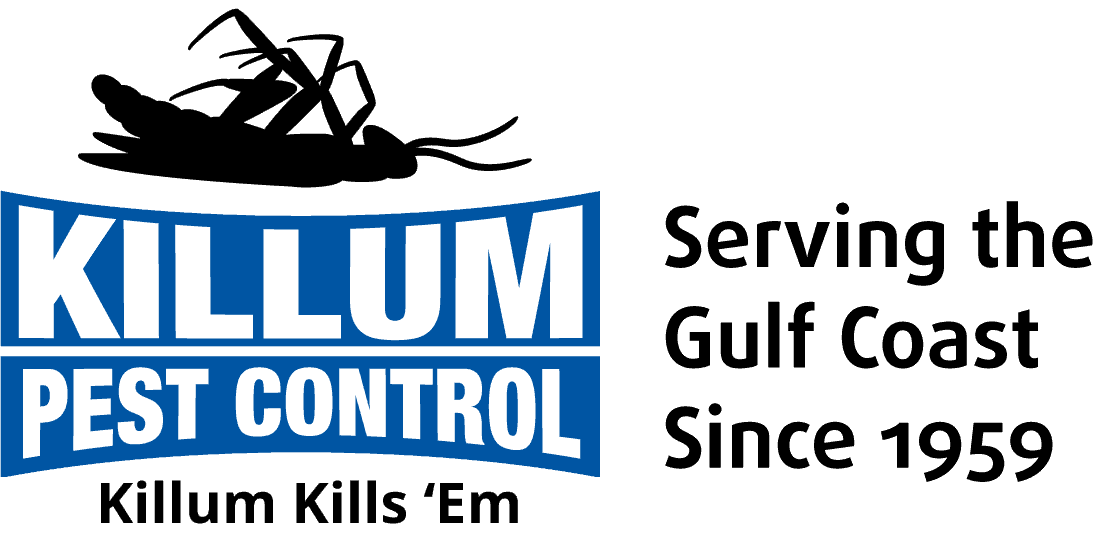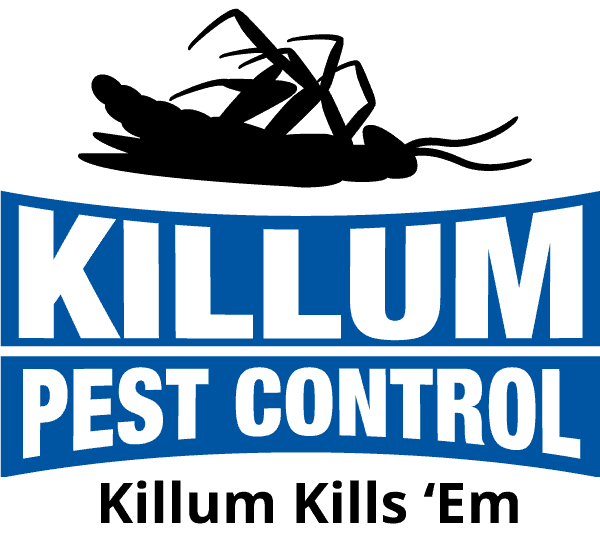Living in the beautiful state of Texas has many advantages, but one thing many residents struggle with is the plethora of pests that can invade their homes and gardens. Due to the warm and humid climate, various insects and rodents prosper in the region. As a resident, it’s essential to be well-informed about the common pests you might encounter and how to prevent and control these unwelcome visitors.
In this blog, we’ll introduce you to the top 10 most common pests in Texas and share proven preventative measures to help keep your home and garden pest-free. From essential tips for maintaining a clean and secure living environment to information on when to seek professional help, this comprehensive guide provides everything you need to know about pest control in the Texas Gulf Coast area.
By staying informed and taking preventative steps, you can enjoy all of the benefits that Texas living has to offer without the nuisance of pesky pests. Read on to learn more about the most common pests in the region and how Killum Pest Control, Inc. can assist with all your pest control needs.
1. Mosquitoes: A Persistent Nuisance in Texas
Texas has approximately 85 mosquito species, but the most common ones are the Aedes aegypti, Aedes albopictus, and Culex pipiens. These insects thrive in warm temperatures and standing water, making Texas a perfect habitat. They are not only a nuisance but also a health risk, as they can transmit diseases like the West Nile virus and Zika virus. To minimize mosquitoes around your property, remove any standing water sources, such as bird baths, buckets, and clogged gutters. Use screens on windows and doors, and apply insect repellents when spending time outdoors, especially during dusk and dawn when mosquitoes are most active. Regularly inspect your property for breeding sites, and consider professional mosquito control services for optimal protection.
2. Termites: Silent Destroyers of Texas Homes
Termites are known for causing extensive structural damage to homes and buildings, feeding on wood, wallpaper, and even insulation materials. Texas is home to a variety of termite species, including the Eastern subterranean termite, Formosan subterranean termite, and drywood termite. Preventative measures include sealing gaps around your home’s foundation, keeping mulch and firewood away from your home, maintaining a barrier between soil and wooden structures, and ensuring proper drainage and ventilation in crawlspaces. Regular inspections by a professional pest control service can help detect termite activity early to minimize damage and costly repairs.
3. Cockroaches: Unwelcome Houseguests in Texas
Cockroaches are common pests in Texas, with the American, German, and Oriental species being most prevalent. These insects are notorious for spreading diseases and contaminants within homes and can trigger allergies and asthma. Key prevention strategies include sealing cracks and gaps in walls, floors, and cabinets; keeping the home clean and free of food debris; ensuring adequate ventilation to prevent excess moisture; and using roach baits or contacting a professional pest control service for infestations.
4. Bed Bugs: The Traveling Pests of Texas
Bed bugs are small, parasitic insects that feed on human blood, leaving itchy, red bites behind on their hosts. These pests can infest homes and hotels alike, hitching rides on luggage and clothing. Bed bugs are difficult to eliminate without professional assistance, as they can hide in tiny spaces and withstand various treatments. To prevent bed bug infestations, be vigilant when traveling by checking for signs of bed bugs in hotel rooms, keeping luggage off floors and beds, and washing clothes in hot water after a trip. Invest in a mattress encasement, and consider professional inspections and treatments if an infestation is suspected.
5. Ants: A Persistent Problem for Texas Homeowners
Ants are prevalent in Texas, with species like fire ants, carpenter ants, and crazy ants invading homes and gardens. Fire ants can inflict painful stings and cause property damage, while carpenter ants can weaken wooden structures. To prevent ant invasions, seal cracks and crevices around the home, keep food and pet dishes clean, maintain dry and well-ventilated spaces, and treat nests directly with baits or insecticides when necessary. For extensive infestations, consult a professional pest control service for targeted treatments.
6. Rodents: Destructive and Unsanitary Pests in Texas
Rodents such as rats and mice are common pests in Texas, posing health risks by spreading disease and contaminating food sources. They also cause property damage through gnawing on wiring, insulation, and wooden structures. Preventative measures include sealing small openings around the home, installing door sweeps, and keeping a clean and clutter-free environment. Use traps and baits or consult with a professional pest control service for effective elimination of rodent infestations.
7. Fleas and Ticks: Bloodsucking Pests Threatening Texas Pets
Fleas and ticks often infest pets, causing itching, hair loss, and potential transmission of disease. To prevent infestations, routinely inspect your pets, treat them with veterinarian-recommended flea and tick products, and keep lawns well-trimmed to minimize tick habitat. Wash pet bedding frequently in hot water, vacuum carpets, and upholstery regularly, and consult with a pest control professional if an infestation is suspected.
8. Spiders: Unwanted Texas Arachnids
While the majority of spider species in Texas are harmless, two venomous species, the black widow and the brown recluse, warrant caution. To minimize spider populations in and around your home, eliminate clutter and debris, seal gaps and cracks in walls and ceilings, and reduce areas of high moisture. If these spiders are found indoors or near living spaces, consider contacting a professional pest control service for safe and effective removal.
9. Flies: Annoying and Unsanitary Texas Pests
Common house flies, fruit flies, and other flying insects are notorious for spreading germs and contaminating food sources. To deter these pests, use screens on windows and doors, keep trash bins clean and sealed, and promptly clean up any spills and food debris. For larger infestations, consult with a professional pest control service for targeted treatments.
10. Wasps and Bees: Stinging Pests in Texas
Texas is home to a variety of wasp and bee species, including yellow jackets, hornets, and honey bees. While these insects are beneficial for the ecosystem, they pose health risks when nesting near homes and outdoor living spaces. To prevent wasp and bee infestations, seal entry points around your home, keep trash bins clean and covered, avoid using fragrances, and wear brightly colored clothing outdoors. If an active nest is found on your property, consult a pest control professional or beekeeper for safe removal.
Trust Killum Pest Control, Inc. for a Pest-Free Texas Home
Dealing with pests is an inevitable part of living in Texas, but knowing the most common culprits and preventive measures empowers you to maintain a safe and pest-free home. At Killum Pest Control, Inc., we understand the unique challenges that Texas homeowners face when it comes to keeping their homes and gardens clear of unwanted pests. When you need professional, reliable, and comprehensive residential pest control services in the Texas Gulf Coast area, trust us to get the job done right. Connect with us today and take the first step toward a pest-free home!





